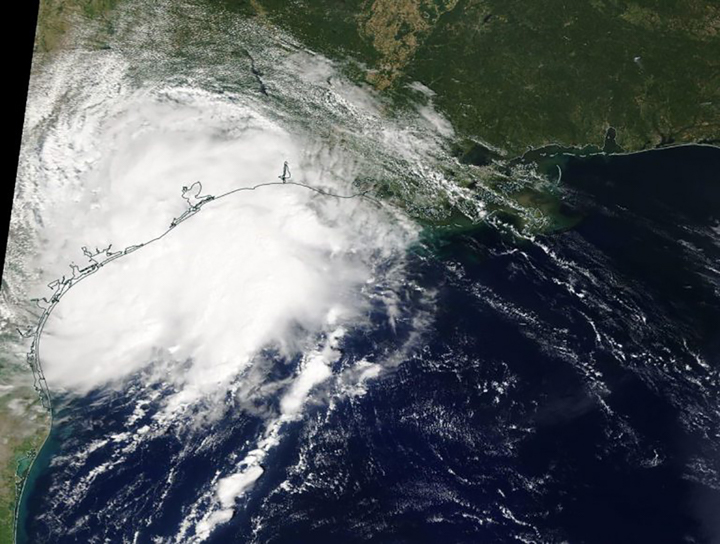Weather scales need revision

Tropical storm Imelda hit Southeast Texas last week with up to 43 inches of rain in some areas, flooding homes and cars, and five deaths are attributed to the storm.
The storm formed quickly in the Gulf of Mexico, leaving Southeast Texans unprepared.
“The basic drivers are temperature, pressure and moisture, of course,” Jim Jordan, chair of LU’s Earth and Space Sciences, said. “Not always moisture, because we had many storms that were primarily wind and not much rain.”
The national weather service thought it was most appropriate to give people wind speed using the Saffir Simpson scale, which only measures a storm on a scale of 1 to 5 based on wind speed, Jordan said.
“The Saffir Simpson scale is just based on wind speed measured near the center of the storm — it does not measure the diameter of the storm,” he said. “We are now getting more involved with looking at sizes of storms — not only their speed, but their diameter — as being a real factor.”
The National Weather service has a new scale based on some of these factors, but does not want to reveal it to the public because they believe it is too complicated, Jordan said, adding that he thinks it’s time to release it as it will keep the public better informed.
“The Saffir Simpson scale tells the public something — not everything,” he said.
While there is speculation the number of storms has increased, there is no scientific evidence to support the claim, Jordan said, although the strength of average storms has increased.
“We do know that although the total number of storms annually has not shown a big change, the Cat 3s are now higher than the Cat 1s and Cat 2s, so we end up having a shift in the strength of the storms,” he said.
Forbes has claimed that Imelda is a 1000-year storm. While the rainfall was intense, there is no scientific data to back up the claim.
“One of the things we don’t have is a good record of 500 years,” Jordan said. “Meteorological records, we have back maybe 150 years, but then we have a lot of other things to look at besides meteorology.”
Jordan said Imelda is an example of the need to revise storm forecasting to account for more than just wind.
